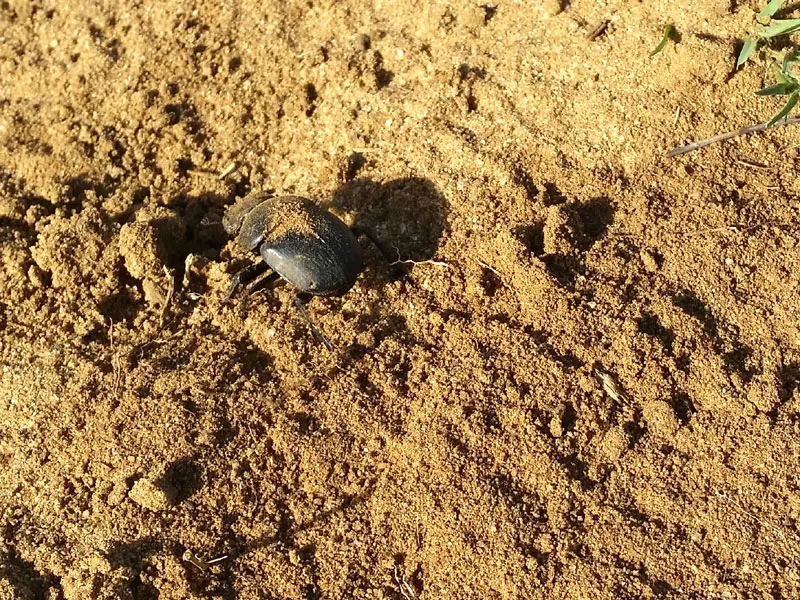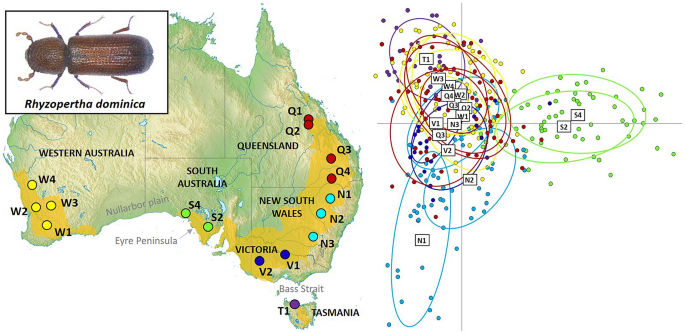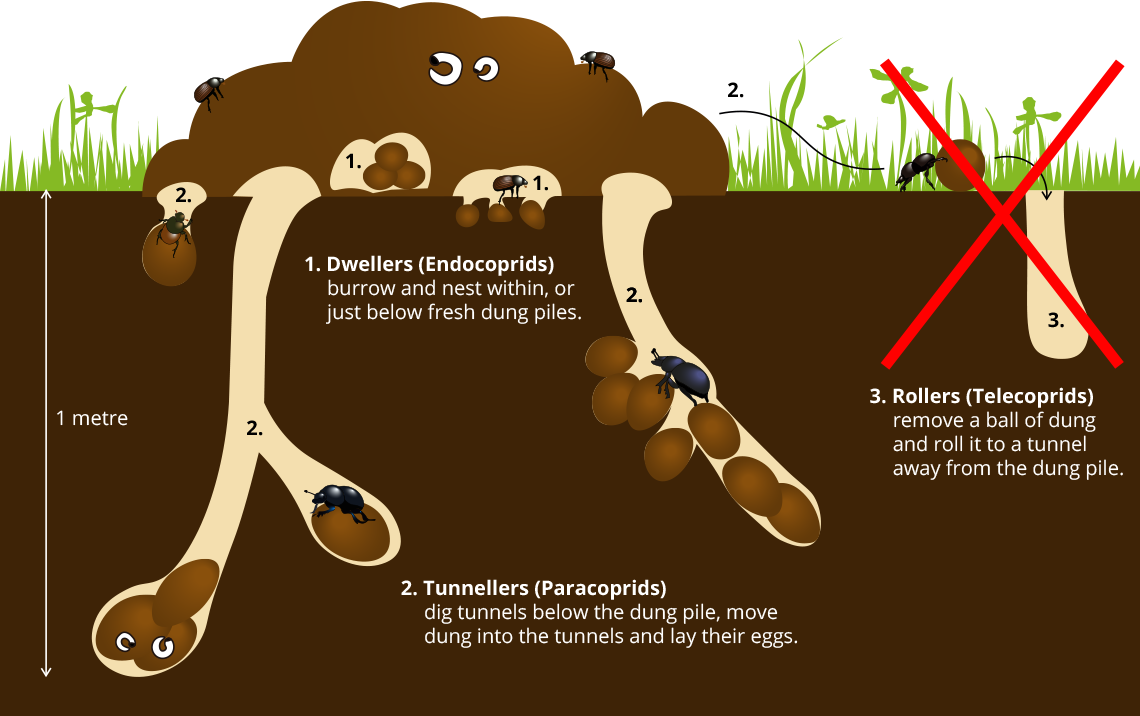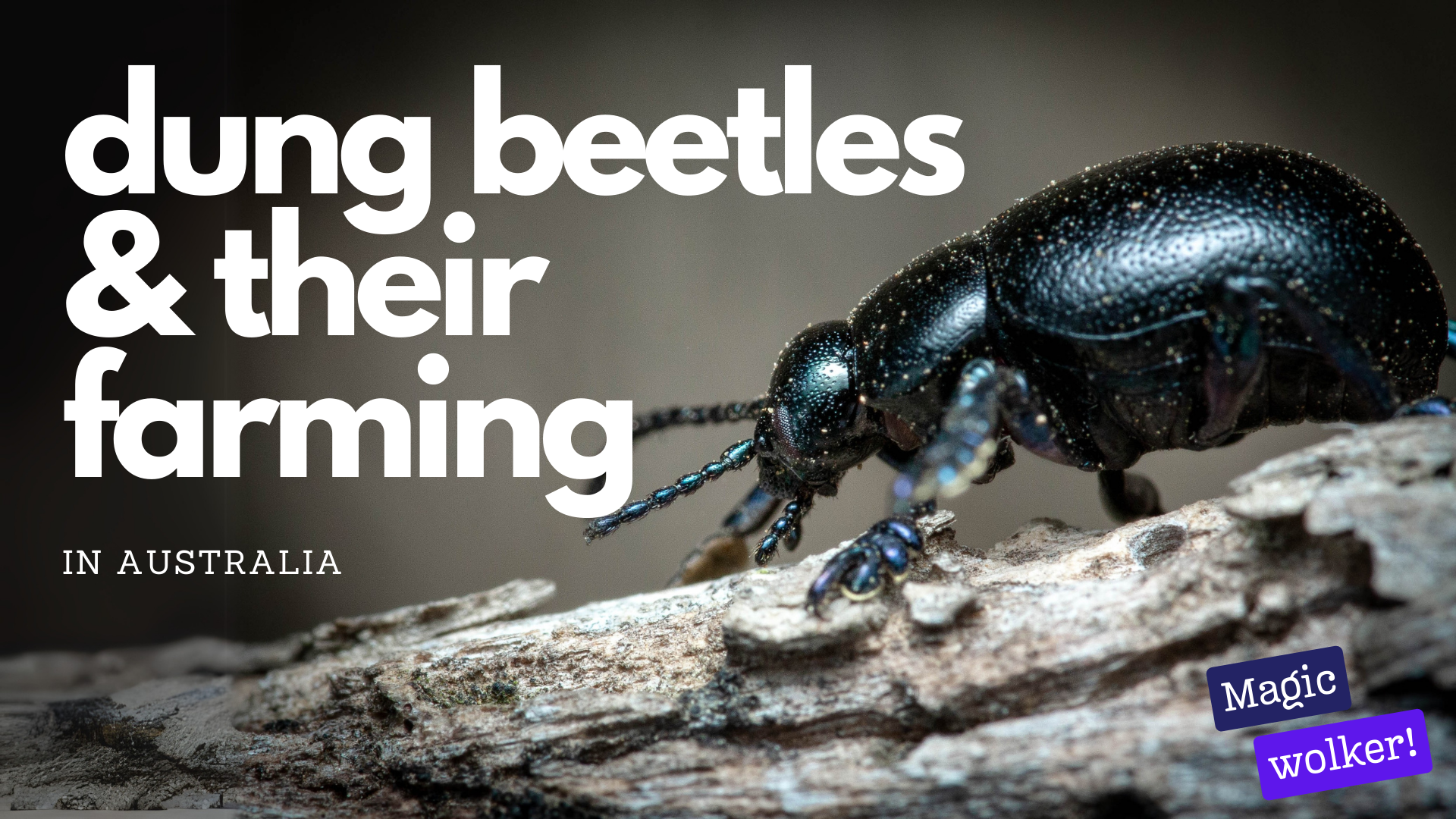A Remarkable Beetle. Managing Cattle Waste
Introduction
Dung beetles, among the most fascinating insects, dedicate their lives to consuming and breeding in animal dung. With over 4,000 species globally, these beetles have evolved to adapt to diverse climates and animal droppings. In Australia, they play a crucial role in managing cattle dung, significantly benefiting the environment and agriculture. This article explores the journey of dung beetles in Australia, their ecological contributions, and their importance in sustainable farming.

1. The Introduction of Dung Beetles to Australia
In the early 1960s, George Bornemissza, a scientist with the Commonwealth Scientific and Industrial Research Organisation (CSIRO), proposed introducing dung beetles to Australia to combat dung-breeding flies. Between 1968 and 1982, CSIRO imported 50 dung beetle species from Asia, Europe, and Africa, aiming to match them to Australia’s various climatic zones. Of these, 26 species successfully integrated into the ecosystem. Introducing dung beetles involved releasing about 1,500 insects into fresh cow dung, where they burrowed and adapted to their new environment. Within three to four years, the benefits to pastures became evident, with beetles establishing themselves as permanent, self-sustaining components of the ecosystem.
Dung beetles display unique burrowing techniques based on their species and origin. French species dig deep tunnels of approximately 30 cm, creating brood chambers for their offspring. In contrast, smaller Spanish beetles create shallow, hanging dung chambers. South African species are known for rolling dung into balls, which they attach to plant bases. These diverse techniques ensure effective dung removal and soil enrichment across Australia’s varied climates. Farmers strategically utilize multiple species to achieve year-round dung burial, particularly in spring, summer, and autumn.

2. Dung Beetles and Their Varied Burrowing Habits

3. Ecological and Agricultural Benefits
Initially introduced to control buffalo flies, dung beetles have demonstrated several additional benefits. By burying dung quickly, they prevent fly breeding and provide rich fertilizer for soil. Their tunnels improve soil aeration and create water channels, aiding plant root systems. Abandoned burrows attract earthworms, which further decompose dung and enhance soil fertility. Without dung beetles, cattle pastures would be littered with cow pats, depriving grass of sunlight and leading to chemical runoff into water bodies, causing pollution and algae blooms.
Dung beetles are now integral to Australia’s dairy farms, handling the immense waste produced by 30 million cattle, which generates 1.7 billion tonnes of dung annually. Without these beetles, 110,000 square kilometers of pasture—half the area of Victoria—would be smothered. CSIRO continues to offer beetle species to farmers, with private breeders also contributing to their distribution. Over the decades, these insects have proven essential for sustainable agriculture, reducing chemical pollution and enhancing soil health.

4. Sustaining Agricultural Success with Dung Beetles
Highlights
- George Bornemissza introduced the idea of using dung beetles in the 1960s to combat dung-breeding flies.
- Between 1968 and 1982, CSIRO imported 50 dung beetle species, with 26 successfully adapting to Australia.
- Dung beetles bury dung in various ways—deep tunnels, hanging chambers, or ball rolling—based on species.
- Benefits include soil fertilization, aeration, reduced fly populations, and prevention of chemical runoff into waterways.
- Without dung beetles, 1.7 billion tonnes of dung annually would smother 110,000 sq km of pasture in Australia.








